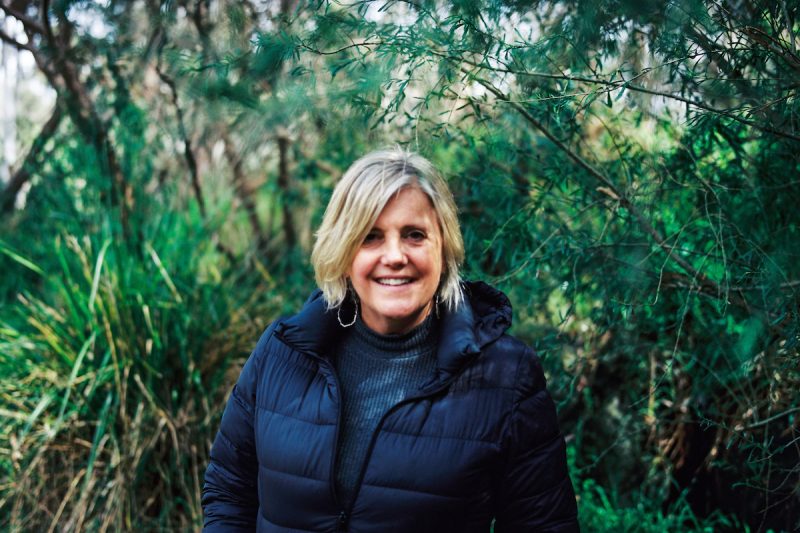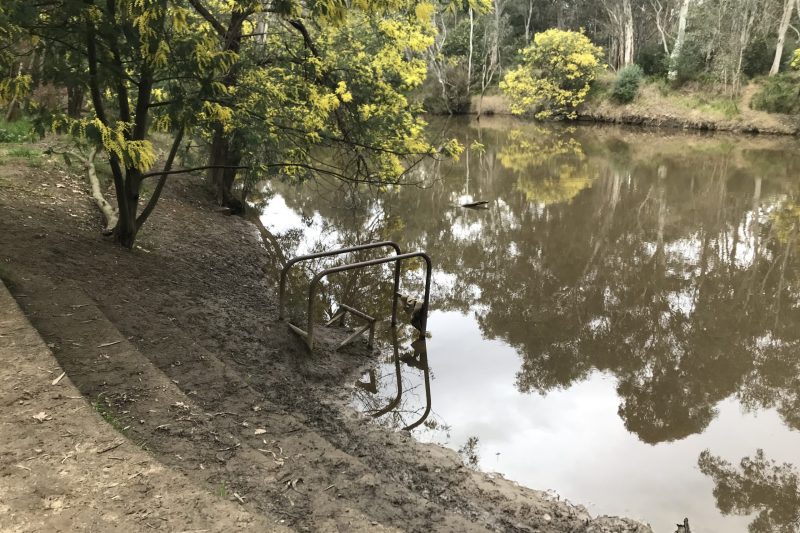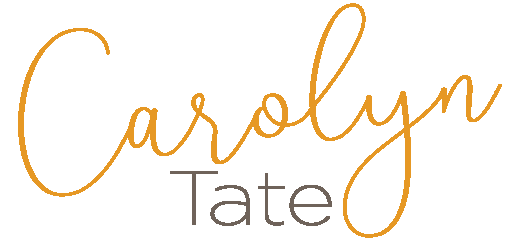Why schools should place Purpose at the heart of Wellbeing Programs.
Some years ago, as I was swimming at Coogee Beach in Sydney, a fierce wave engulfed me and sent me into a tumbling spin. All I could do was surrender to the wave and let it carry me to the shore.
Finally, it released me. I stood up to catch my breath, compose myself and look out to sea.
Soon a second wave much bigger than the first was on the horizon. In that moment, I had a choice to make—to hastily retreat to the shore to avoid the potential of being dumped again, or to wade out and face the wave head on.
Option one lacked courage. Option two it was then.
I strode out to greet the wave. Three seconds before it hit, I took an enormous breath, dived deep to the ocean floor and grabbed the sand below to anchor myself.
This time the wave crashed over me leaving me intact, in control and feeling victorious. This time I’d learnt the lesson, so I could now handle the next wave, and the next.
I shared this story as a metaphor for ‘purpose’ when facilitating my Talk on Purpose course at Australian International Academy last week.
‘Your purpose is like the sand’ I told the 16 students and three staff. ‘It’s an anchor to return to and hold onto when the inevitable waves of life hit.’
In the recent Gen Z Wellbeing Check by Year13, 70% of young people said their mental wellbeing was average to poor or very poor while the research also revealed that only 37% of young people said they had a sense of purpose.
A sense of purpose gives us resilience. Rather than retreating to shore and giving up, our purpose keeps us swimming forwards towards the commitment we’ve made to ourselves—and to others.
While many schools are investing heavily in wellbeing programs for their students (and staff) covering such subjects as resilience, mindfulness and positive psychology, there seems to be less emphasis on helping young people unearth their own unique purpose.
My contention is that a sense of purpose is the birthplace of resilience and positive mental health. Without purpose, they are hard to attain—and maintain.
If more young people had a sense of purpose, then resilience and wellbeing would be a natural outcome rather than something to seek in their own right.
It’s like that sand at the bottom of the ocean. Purpose helps young people ride the waves of the volatile and uncertain world they live in. It should be at the heart of wellbeing programs not an optional add-in.
And it’s not about helping students find their one true life-purpose. There are many myths to bust on that front (which I do in my workshops and private coaching). It’s about supporting young people to take on purposeful projects that light them up and that allow them to play and experiment. It’s about helping them explore their potential vocation/s (or calling) instead of locking them into a narrow profession.
For these projects to take on a life of their own, they must make use of each student’s talents and passions in service to something bigger than themselves. And every student must have a cheer-squad to support their project including parents, peers and teachers.
My work in schools is about empowering young people to discover their purpose so they can build a fulfilling life and a better world.
My sincere thanks go to AIA Executive Principal Gafiah Dickinson, Melbourne Head of Campus Michelle Shears and Caroline Springs Head of Campus Ali Harba for entrusting me with this most important work of bringing a sense of purpose to your students.
If you’re a principal that would like to explore how to integrate purpose into your wellbeing programs or would like to know more about the Talk on Purpose course, please reach out for a conversation.
Carolyn Tate is a pioneer of purpose in Australia. Her best-selling book The Purpose Project is a trusted guide to more 10,000 leaders. Talk on Purpose is a short course for students (and teachers) leading change across your school. The course helps participants articulate their purpose and bring it to life through the power of storytelling. Participants graduate from the course by delivering a 3-minute speech to your school community. Contact






